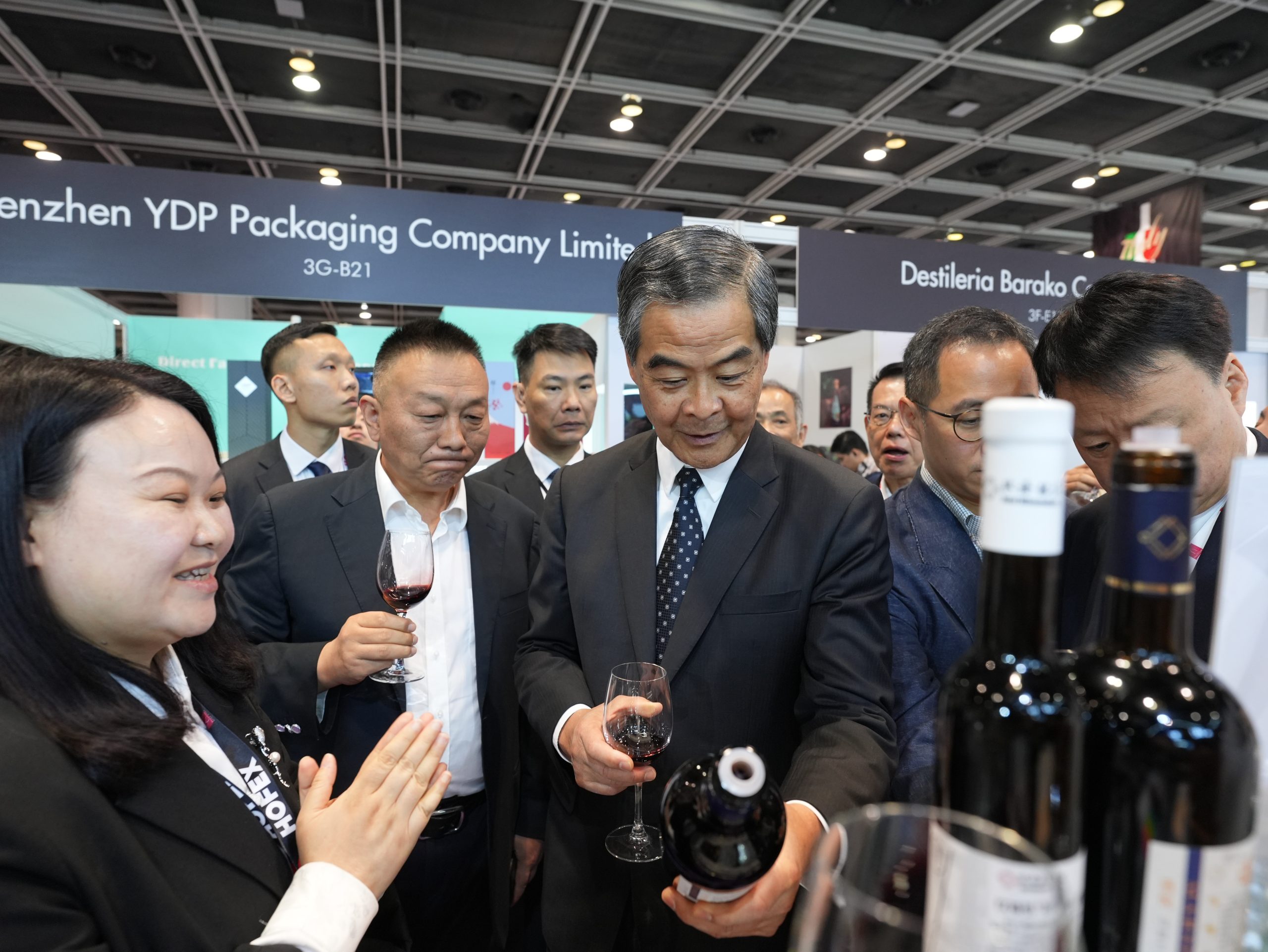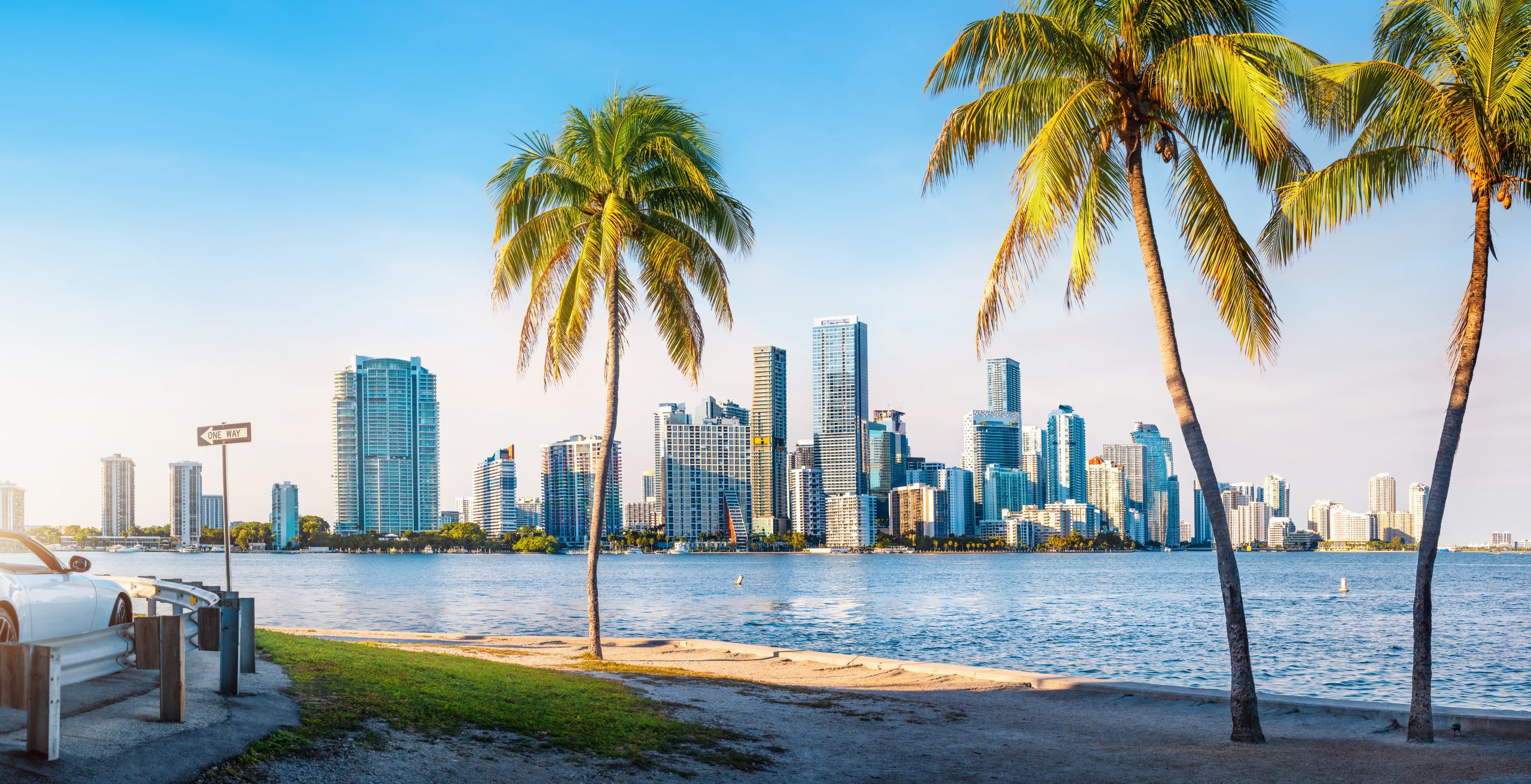Jean-Claude Mas eyes up export growth
Charismatic French estate owner Jean-Claude Mas is eyeing up export growth after building a strong portfolio in the UK market.
Jean-Claude Mas, the owner of Domaines Paul Mas, (Photo: Domaines Paul Mas)
The UK is the company’s largest market, accounting for around 15% of sales, Mas said, having build a strong portfolio in the UK off-trade, which now accounts for around 85% of its UK business. The Netherlands is number two, while growth in the domestic market in the last 18 months has seen France rise to the 3rd spot. Countries such as China and the Czech Republic have trebled in the last four years, albeit of a smaller base, as well as Canada. But Mas is keen to develop its US sales.
“We want to do about 75% of what we do in the UK in the US. Today the US accounts for 5% of the business, and growing, whereas the UK is around 15%. And Canada is seeing big growth, driven by Quebec to around 6k cases, and Ontario, which favours French wines.”
“We can grow in the UK, but we want to grow the rest of the business and keep the UK at 15%. So France should reach 7-8k cases, China should be able to match Japan, the US and Asia obviously”
The brands, which include Paul Mas, Arrogant Frog, Côtes Mas and Jean Claude Mas, had been particularly successful in wine-producing counties, he noted.
“In those mature markets they understand value for money.”
“The consumer who know less about wine sees us and a Bordeaux, and because they know that Bordeaux [is perceived as good], they try that, don’t like it, and then it puts people off. But in markets where consumers are more discerning, they recognise that there can be good wine at a good price – so they are more adventurous. And that applies to the UK.”
‘New Languedoc’
Mas currently owns 12 estates in and around the Languedoc region, having concentrated on building his estate in recent years in order to boost the number of estate-grown grapes and maintain control.
Last year, the estates together produced around 115k HL from its own wineries, around 35k HL from estate-grown fruit, but Mas said a good ration would be nearer “60/40%”.
Partner Content
“To get the good grapes [in the Languedoc], you need good vineyard management, but because of lack of money and investment [in recent year], some growers are increasingly going mechanical with pruning,” he told db. ”But they would get more money [by not doing so], and five years later they come back to you and say that they shouldn’t have done it. So there is still a lot of work to do,” he argued.
He said there was strong competition from cheap Spanish wines, which was prompting some brands to buy in cheaper Spanish wines and alter their labelling to enable them to sell these Spanish wines as ‘EEC origin wines’, rather than those from the Languedoc.
“The strategy in the Languedoc needs [work and direction] – we need to change all the way [they operate],” he argued, pointing out that around 75% of the production is done by cooperative, there was often the “mentality of raw producers” rather than brand builders.
“You need someone at the top with an [overview], but it is usually 20 people who don’t know what they are talking about! But it is changing slowly.” he said.
There is also more to be done in Roussillon, according to Mas. “It has very specific terroir, and we are doing a new fortified wine using the know how of the region. There is along history there, created opulent wines like Ripasso or Amarone, with high residual sugars. Ours, which we have just started, will be made from Grenache/Syrah. We’re working on first vintage, it is very special and intriguing”.
Last year the estate launched a new range of ‘sulphur-free’ wines in the UK for the first time, which Mas said was far easier to produce now. “In the past there would have been more difficulty going sulphur-free but we have control of O2, and temperature and really good hygiene (stainless steel is very clean) and therefore it isn’t taking the risk it would have been in the past,” he said.
The estate is also aiming to produce all of its wines organically by 2020 (although not all wines will be certified organic), with around 25% of wines already certified organic and another 35% produced organically.




